NASA Releases Spectacular New Snapshots of Saturn’s Rings
Millions of moonlets appear to be tucked inside the debris that famously circles the planet
Ever since 1610, when a stargazer named Galileo discovered Saturn’s rings, the idea of a planet encircled by billions of particles has intrigued astronomers. But it’s taken until now—a mere 407 years later—for scientists to get a good peek inside. Thanks to NASA’s Cassini mission, the secrets of the rings are only now starting to be revealed. And, as The Guardian’s Hannah Devlin reports, it appears that there are millions of previously unseen moons tucked within.
The agency just released new images of Saturn’s rings that show their interior in unprecedented detail. Inside, writes Devlin, features that were once unseen (and certainly invisible to the naked eye or the most powerful telescope on Earth) are now visible in the new photographs. Most impressive among them are the gravitational disturbances produced by a collection of miniature “moonlets.”
The little moons aren't directly visible on the close-up photographs—instead, the gravitational disturbances they produce look like tiny, roundish scratches on the grooves of a record. But they were eagerly anticipated by NASA. Cassini’s taken pictures of Saturn’s rings before, but not with these lighting conditions. In a press release, NASA explains that special orbits and backlit and sunlit conditions mean the images are clearer than they were during the last pass.
The close views are contributing even more to what Earth has learned about its far-off neighbor and the particles that surround it. The rings are thought to be residual pieces of other celestial bodies, like moons and asteroids, that didn’t make it to Saturn. Instead, they fell into orbit around it. Saturn’s different rings are identified with letters of the alphabet, and one of Cassini’s missions is to help scientists learn more about what makes up the rings and why they may have formed. Already, the craft has helped scientists discover new rings.
Features that can be spotted in the new snaps include “propellers”—gaps in the material of the ring that were created by moons big enough to clear the space around them. Since the moons that cleared the spaces weren’t that big, they didn’t leave a huge gap in the rings. The propellers were first spotted in 2010. Also visible is “straw.” This phenomenon looks like scratches on the photo, but in reality it’s a kind of structure formed when moons tug at the ring particles and cause it to clump. The structures aren’t long, but the long exposure of the image makes them appear longer than they are.
The photos may be amazing, but Cassini's mission is nearing its end. As Smithsonian.com reported last year, the craft is on a suicide mission for science. Its flirtation with Saturn’s rings is just a prelude to the craft’s September collision with the ringed planet itself. And if the images it’s beaming back to Earth are any indication, it will all have been worth it.
/https://tf-cmsv2-smithsonianmag-media.s3.amazonaws.com/accounts/headshot/erin.png)
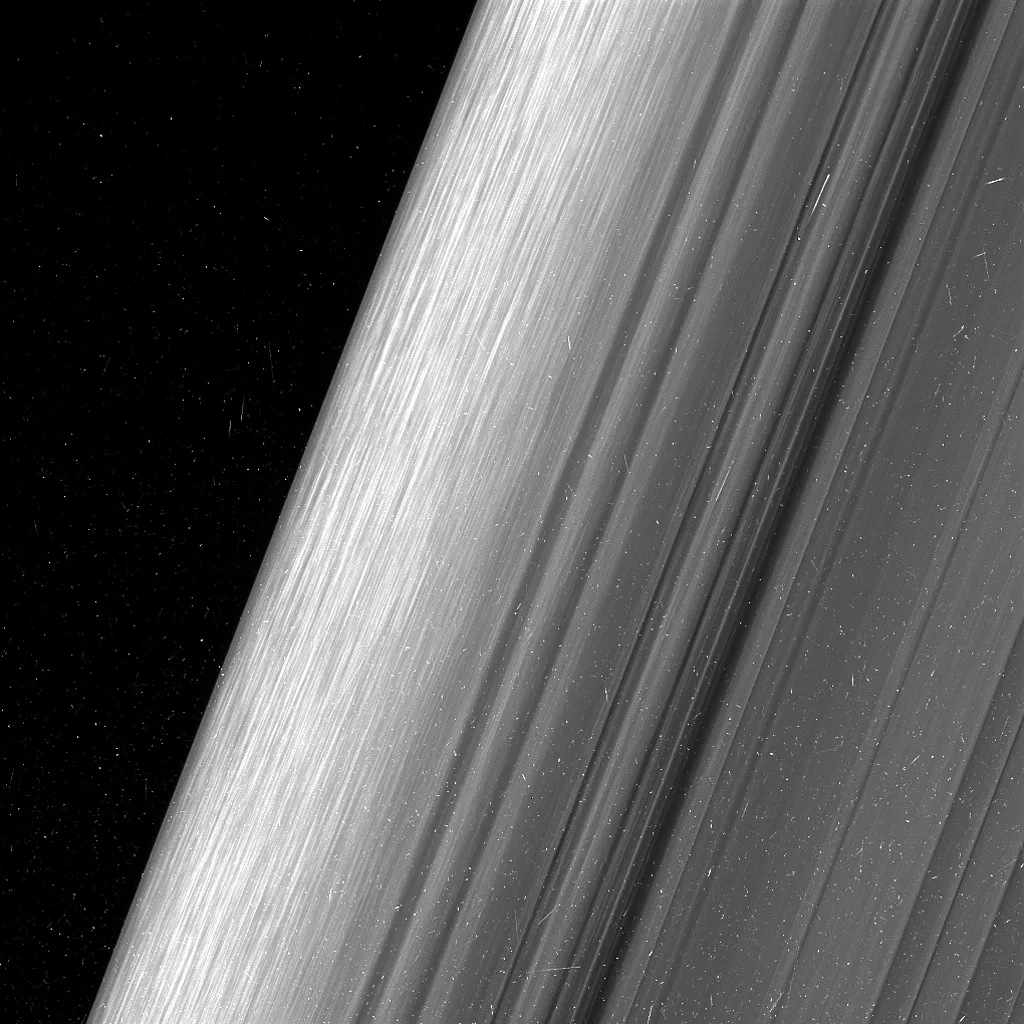
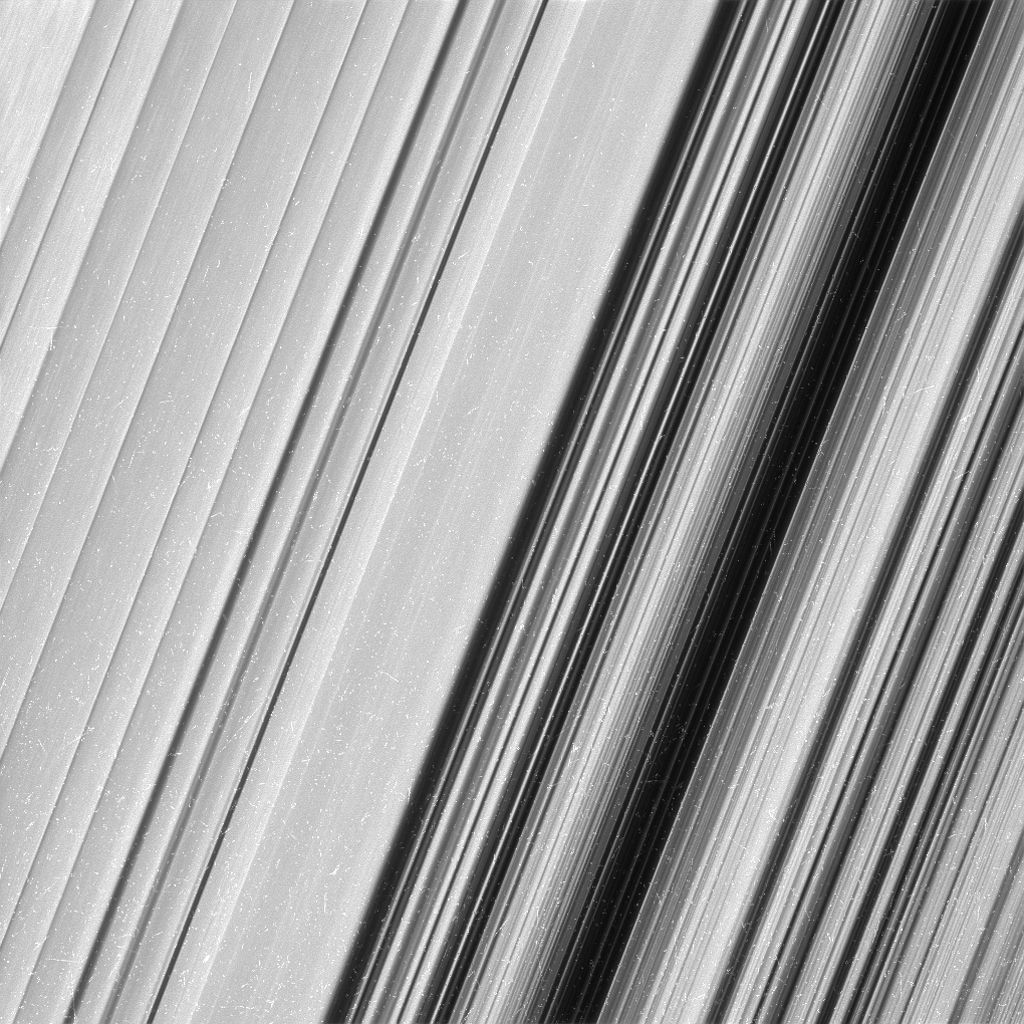
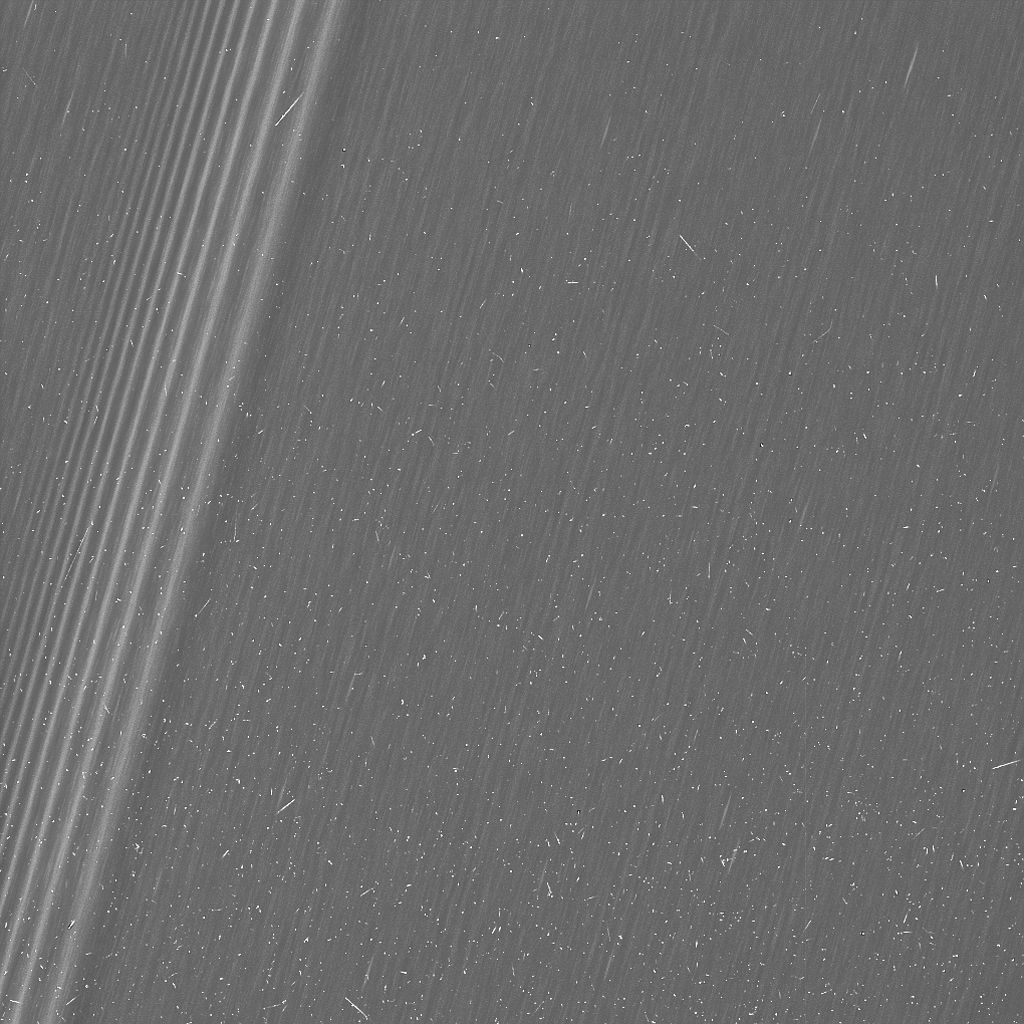
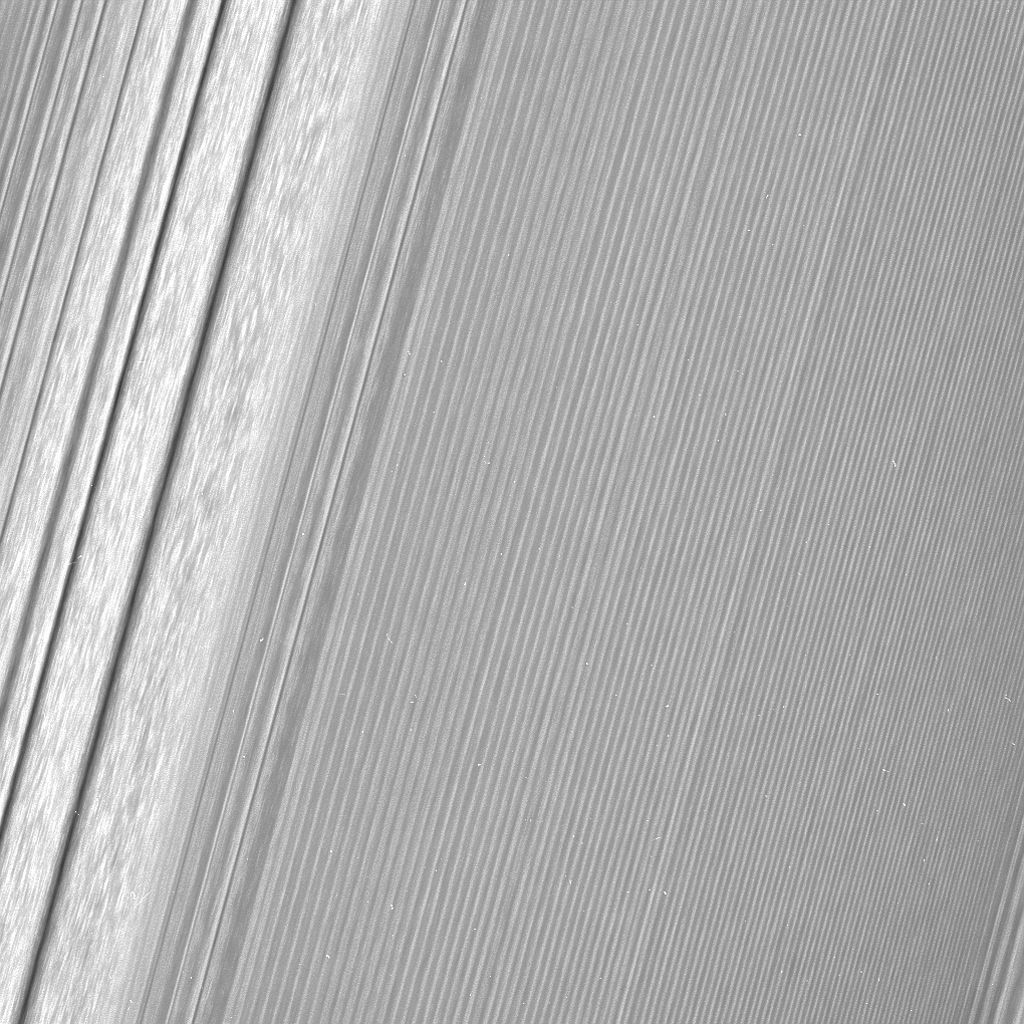
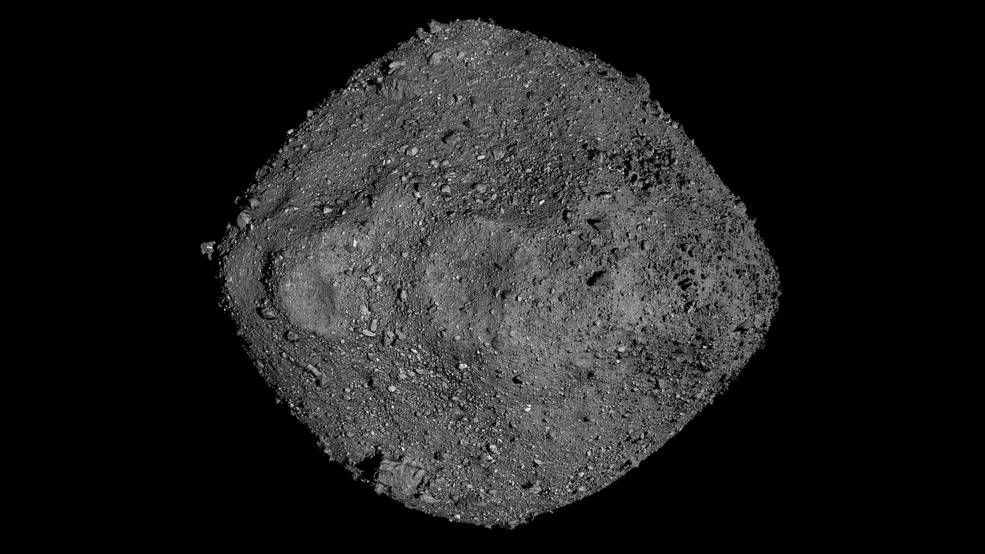
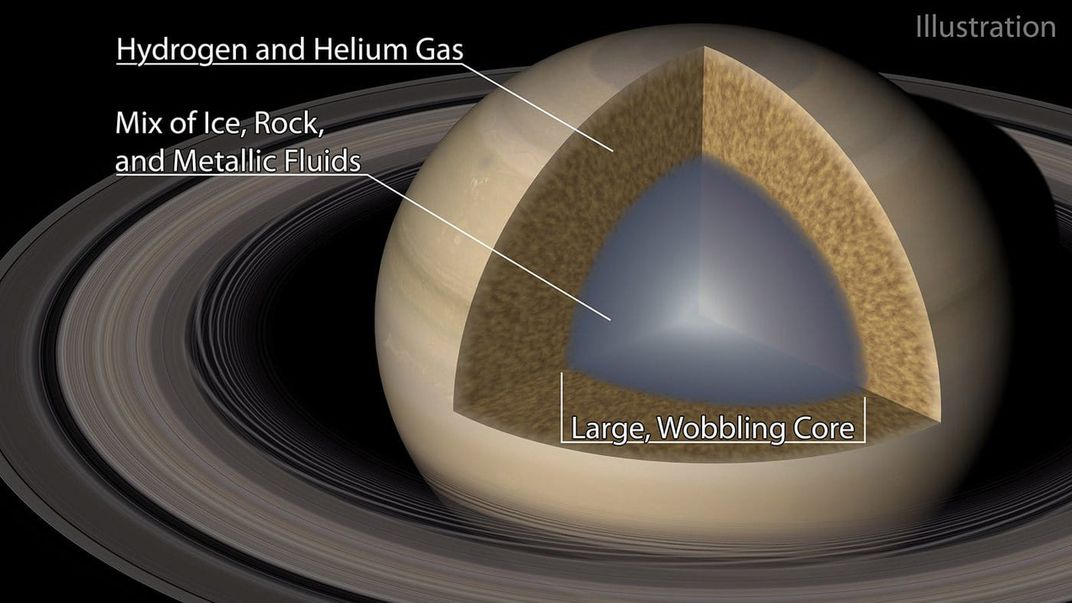
/https://tf-cmsv2-smithsonianmag-media.s3.amazonaws.com/accounts/headshot/erin.png)